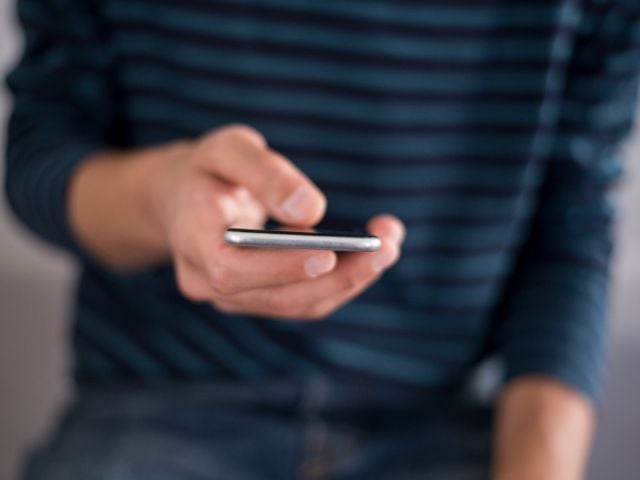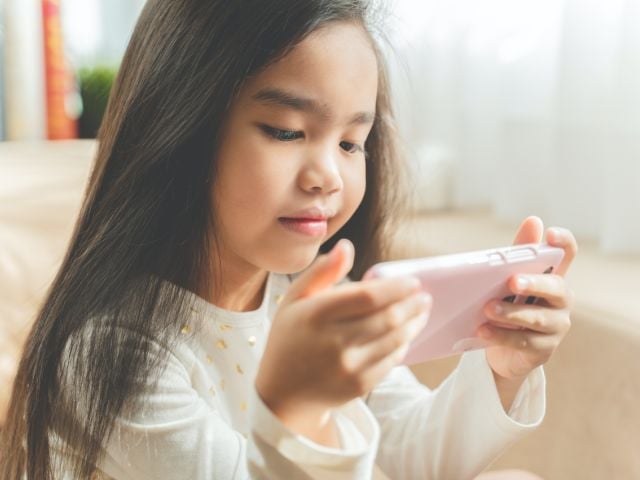OAKLAND, CA, March 9 – Curious about how much radiation is coming from your iPhone? Sorry, there's no app for that.
An Israeli tech startup called Tawkon has developed a mobile application that estimates the level of radiation emitted from cell phones, which a growing body of research – though not definitive – suggests may be a health risk, especially for children. But when Tawkon submitted it for approval as an iPhone app, Apple turned it down.
Tawkon's co-founder told The Washington Post that Apple praised the app's interface but has rejected it because "supplying information about radiation levels . . . could cause user confusion." Environmental Working Group, which recently published a guide to cell phone radiation , says Apple's reasoning is backward.
"Providing consumers information about radiation levels will clear up confusion," says Renee Sharp, EWG's California director. "As it is now, most consumers don't know that radiation levels vary from phone to phone or depending on how and where you're using the phone – information we think they have a right to know.
"Apple's made billions of dollars on making information available at your fingertips, and now they're afraid to let iPhone users learn about radiation? That's not ‘insanely great,' just insane."
Tech bloggers were quick to call Apple on its retreat from transparency, with GoingCellular.com writing that Tawkon "is a tool, not an alarmist, panic-inducing threat. To treat it as such [will] make people wonder why Apple doesn't want iPhone users to know about the radiation they're subjecting themselves to."
EWG's user-friendly interactive cell phone radiation guide (featured this week in TIME ) covers more than 1,000 phones now on the market. According to data from the Federal Communications Commission, radiation levels from the iPhone 3G S rank in the middle of the pack among the newest, most highly rated smart phones.
But the FCC data is hard to find. That's why EWG is backing legislation proposed in California and the City of San Francisco to require disclosure of cell phones' radiation level at the point of sale, so that consumers can make a more informed choice. Unlike legislation under consideration in Maine, which calls for warning labels on cellphones, the California bills would simply require disclosure of radiation levels.
Cell phones emit radiofrequency radiation when sending and receiving voice and text messages. Scientists around the world are conducting studies to address the outstanding questions on human health effects of radiofrequency radiation. Although the jury is still out, recent studies suggest increased risk for brain tumors among people who have used cell phones for 10 years or longer.
Tawkon, which will still be marketed for other smart phones, seems particularly useful, because if used before a call it estimates the amount of radiation based on distance from an antenna and other factors. EWG recommends that users avoid calling from spots with poor reception, which increases the radiation output. Other safety tips include using a safe headset, holding the phone away from your head and body, and texting rather than talking.


